Driving in bad weather

Driving in Britain, you will come across a range of weather conditions, possibly on what feels like an hourly basis; one minute it can be bright sunshine, the next minute it could be torrential rain. So how can you be prepared for the possibility of changing weather and drive in it once it happens?
Your Vehicle
The most important factor in any weather condition is the condition of your vehicle. its important that you have good tyres and efficient brakes on your vehicle.
Tyres
It doesn’t matter how good a driver you are or how amazing your brakes perform; if your tyres are of poor quality or condition, it can make all the difference to you staying on the road and in control. Tyres are the most important part of your vehicle, and that little bit of rubber is the only thing between you and the tarmac.
Check your tyre pressure frequently; underinflated tyres can be dangerous. If your tyre pressure is too low, too much of the tyre's surface area touches the road, and this can cause increased friction, which will heat up the tyre to the point of overheating and then cause premature wear on the tyre and lead to a possible blowout.
An overinflated tyre can lose traction because the shape of the tyre becomes deformed by the excessive air pressure, which will decrease the area of the tyre in contact with the road. Tyres can be more prone to damage if overinflated and will not react to road hazards like potholes, as overinflation means the tyres will be stiffer and less likely to absorb the impact.
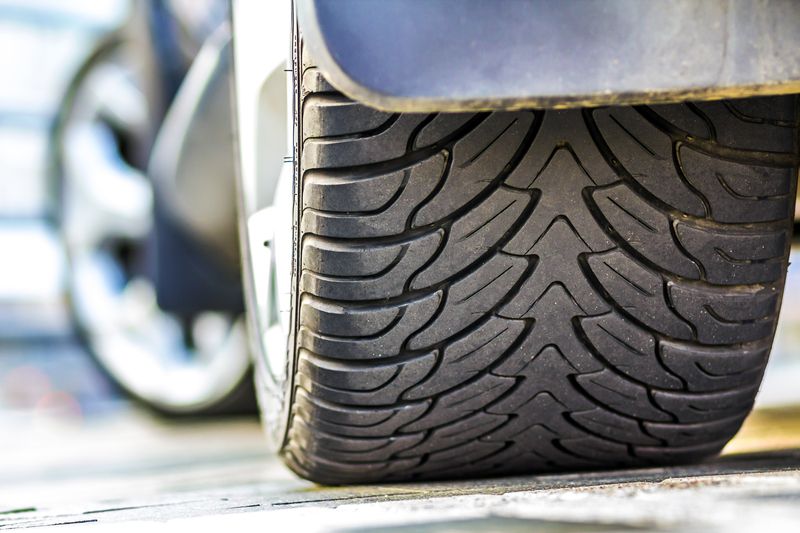
The correct tyre pressure for your car can be found in your car manual or sometimes on a sticker just inside the car door. Don't forget that tyre pressures need to be checked when the tyres are cold, as hot air expands and will give a false reading of the pressure.
Make sure that the tyres have good tread; the minimum for UK roads is 1.6mm, but the deeper the tread, the greater its grip on the road. Tyre and safety experts actually recommend no less than 3mm tread depth on your tyres; anything below this has been shown to greatly increase stopping distances.
You also need to check the sidewalls for damage; any cuts or bulges can lead to catastrophic failure and a tyre blowout.
Good tyres are especially important in snow, on icy roads, and in heavy rain. Be prepared; don’t wait for the bad weather to show up, as it might be too late. Remember, having good tyres could mean the difference between
life and death.
Brakes
After your tyre, one of the most important factors is your brakes. Being able to stop your vehicle quickly can make all the difference.
You should make sure your brakes are well maintained and in good condition. You should test your brakes as you set off on a journey and make sure they do not feel spongy or slack. Your vehicle also shouldn't pull to one side.
Stopping will take much longer on wet, slippery roads, even with perfect brakes. so make sure you give yourself a bigger gap from the vehicle in front on wet or slippery roads.
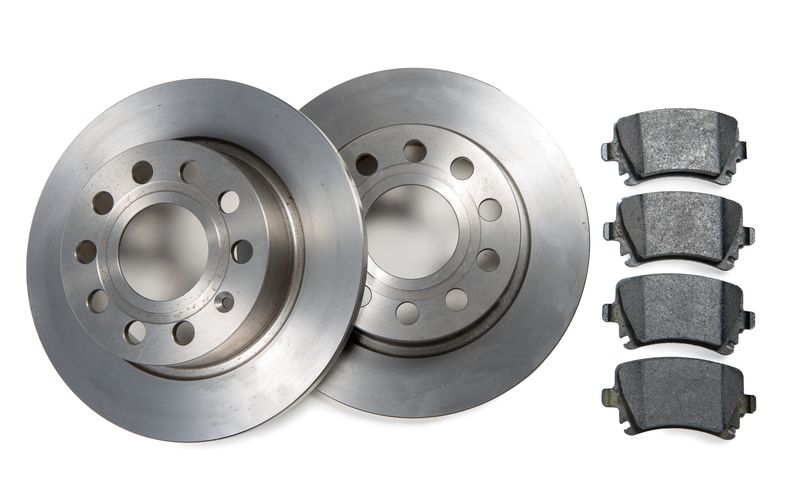
Seeing the road ahead
Being unable to see the road ahead is one of the biggest dangers to drivers. You won’t be able to make the right decisions if you’re struggling to see the road clearly. Any dirt on the windscreen will also create glare from the sun and other vehicles headlights.
Make sure you keep your windscreen as clean as possible to help you see well ahead at all times an.d reduce glare
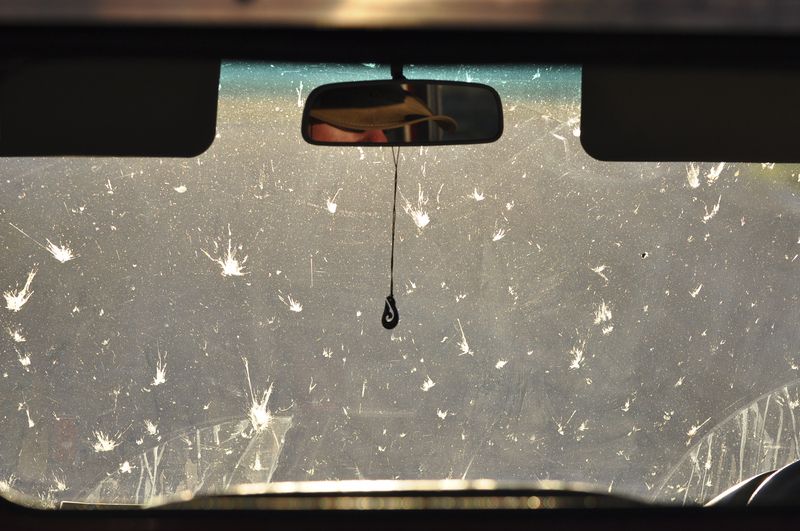
Wipers and Washers
Make sure your wiper blades are effective at keeping your window clear. Make sure your washers are working
properly, are covering the window effectively and that you have plenty of washer fluid in the reservoir, don’t forget to add the proper additive to stop your washers from freezing in cold weather; it will also help remove dead insects
from the windscreen more effectively than simple water.
Windows and Mirrors
Misting up the windscreen or interior mirrors can affect what you see, so it’s important to make sure your window demisters are working effectively. Keeping a clean cloth to hand in your vehicle can also help with the interior mirror and the inside of the windscreen
Remember, even on a summer’s day, a sudden shower of rain can cause your windows and mirrors to mist up.
Icy Weather
In the case of icy conditions, you may need an ice scraper or de-icer spray to clear your windscreen and other windows effectively.
You can also place a warm blanket over your windscreen the night before, which will stop your windscreen from becoming frozen. Remember, it can take a while for the vehicle to warm up on a cold morning and this will add
time to your journey, so always be prepared to give yourself more time on cold winter mornings.
Avoid using hot water to clear ice from your windscreen; the sudden heat can cause your windscreen to crack. If you need to use water, make sure it barely lukewarm or even cold, as that will still be warmer than the ice and will help start the defrosting process.
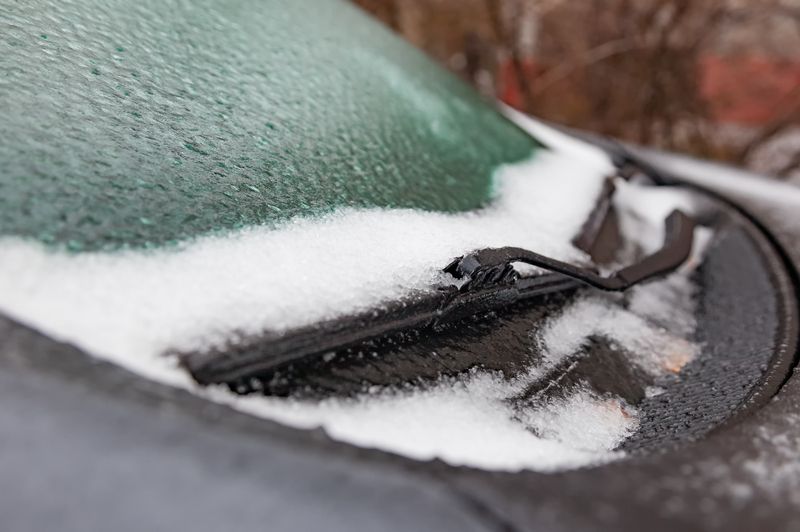
Heavy Rain
You should always use your dipped headlights in the event of rain or poor visibility; it’s important for others to be able to see your vehicle.
Rain can drastically reduce your view through the windscreen, windows, and outside mirrors.
Keeping your windows clean will reduce smears and streaks that can affect your vision of the road. its important to keep your washer reservoir topped up in order to keep your windows clean.
In wet weather, having good, effective windscreen wipers is essential, so make sure you replace them with new ones when needed, as they can make all the difference when driving in the rain.
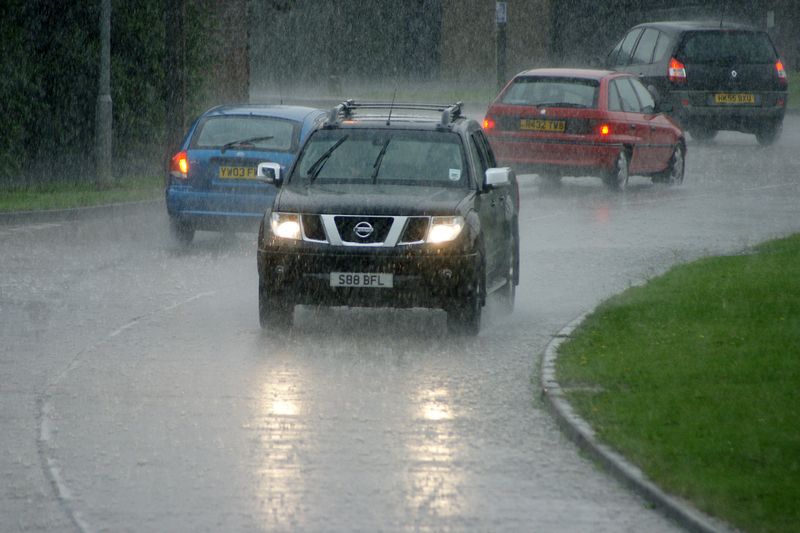

Comments